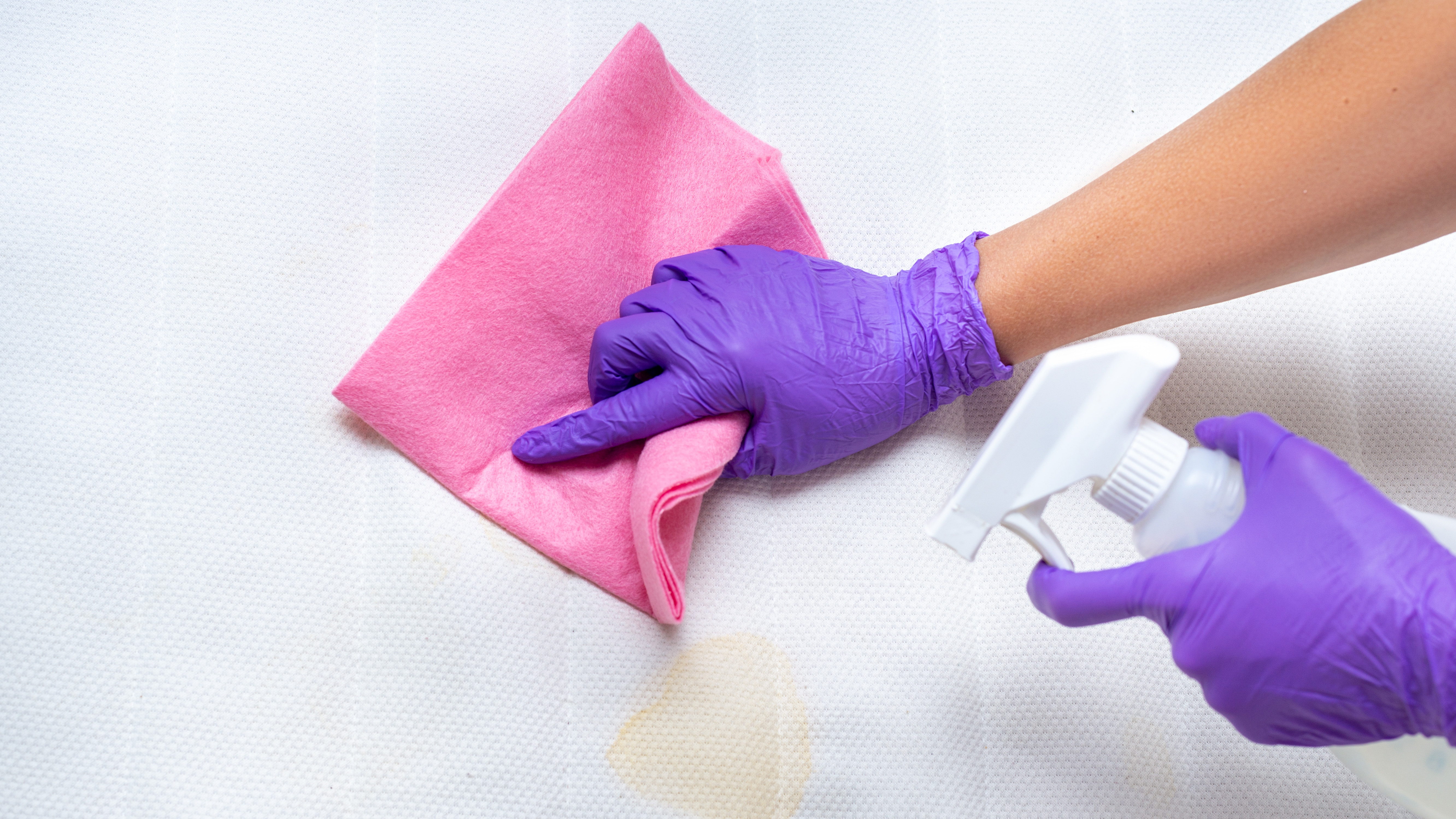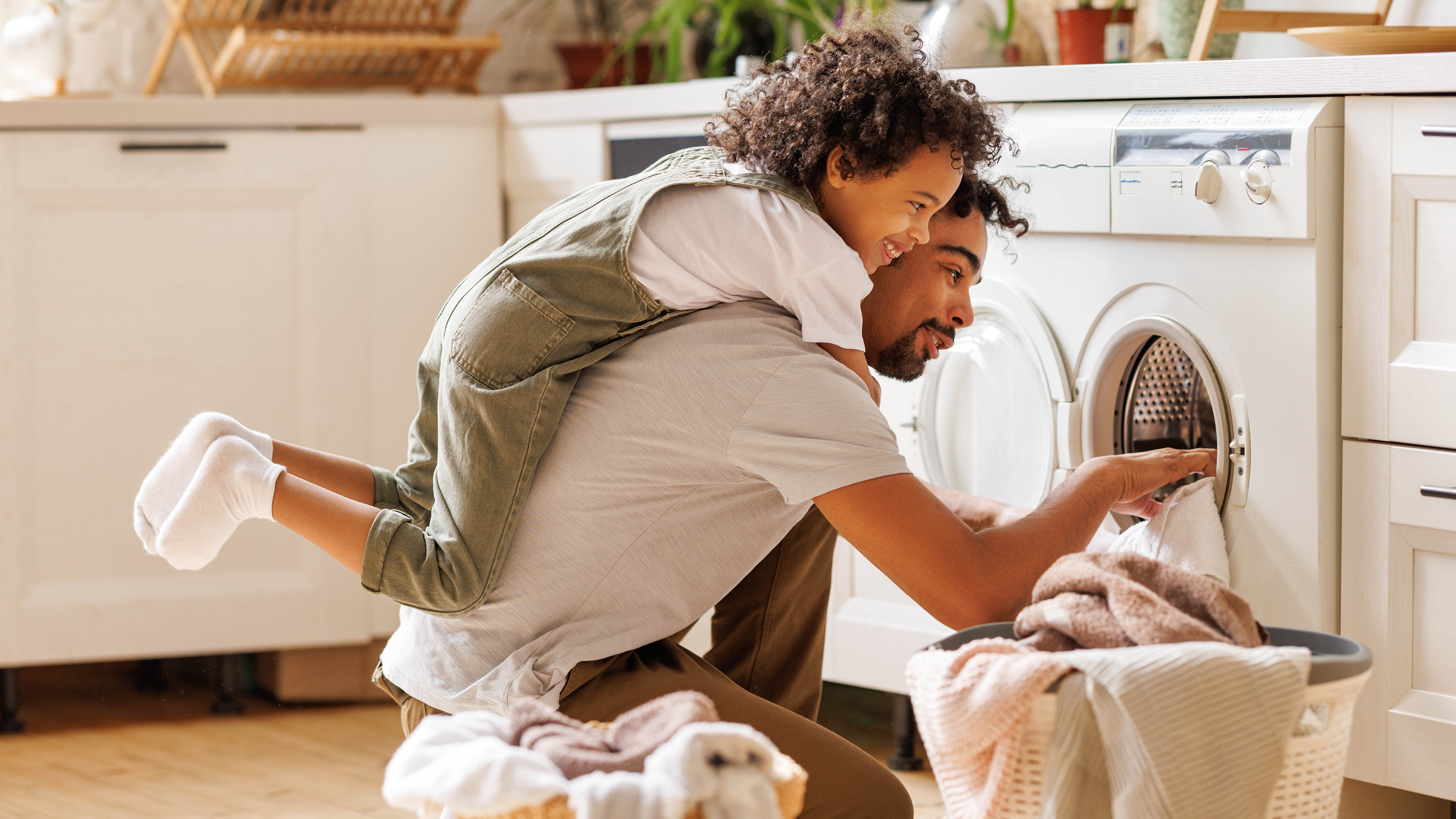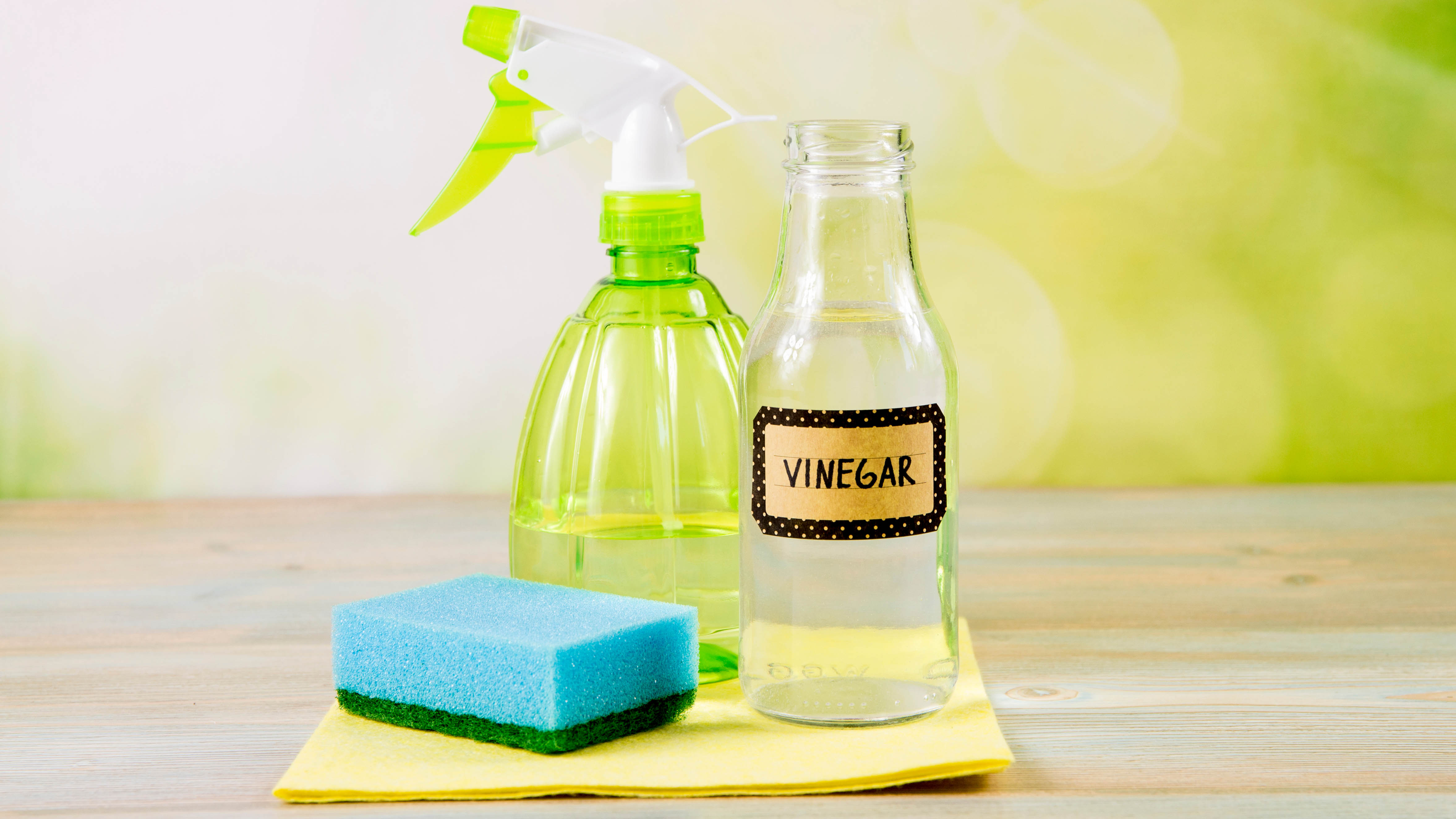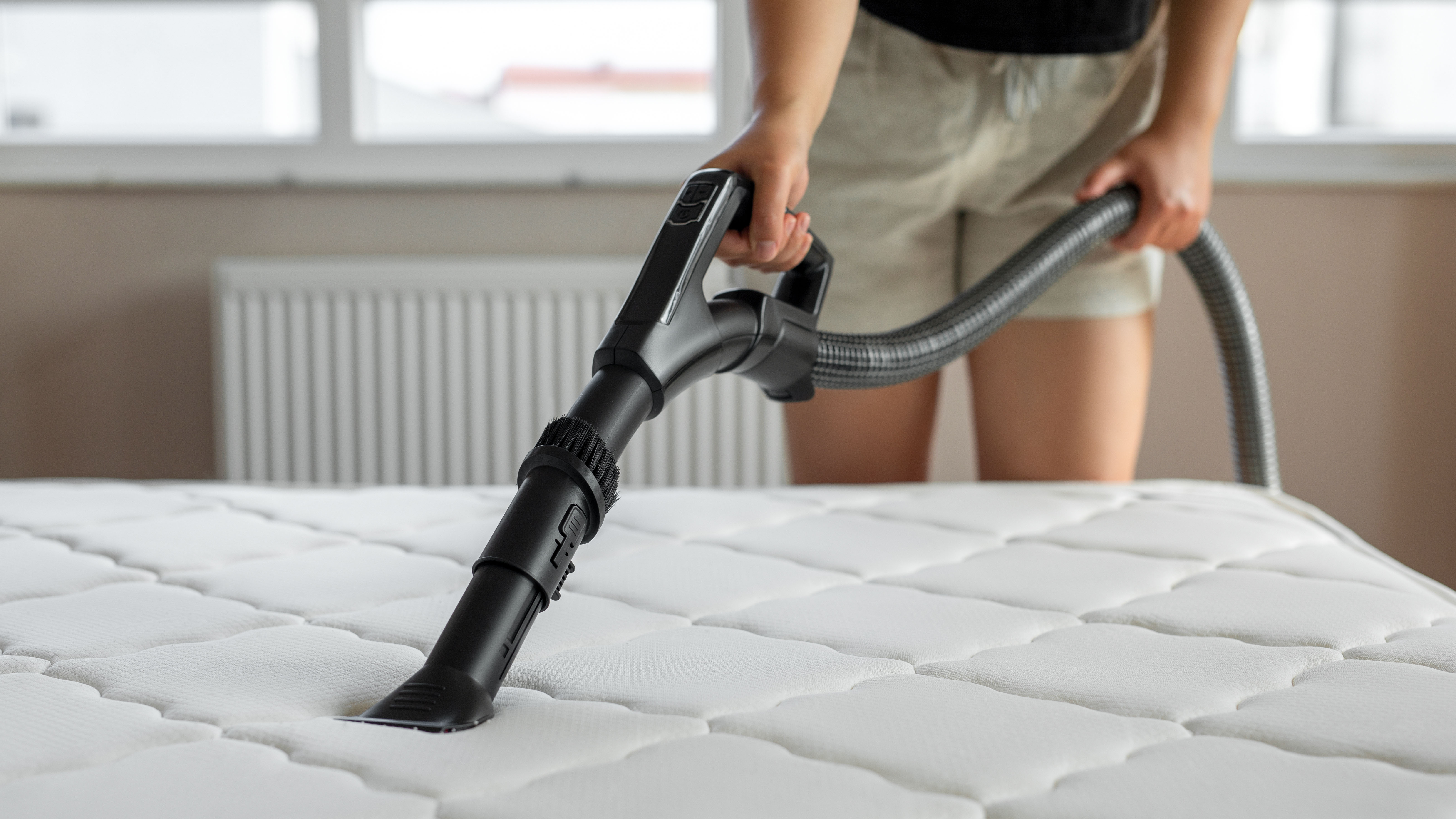
Accidents happen (especially if you have children and pets) which is why you might be wondering how to remove mattress stains. Even the best mattresses with the latest in hypoallergenic properties will quickly become blighted with murky yellow stains when confronted with pee, vomit and more. Some yellow staining on older beds is also a sign of natural mattress decay – simply mattress old age.
Knowing how to remove stains from your mattress is important skill to help your bed last as long as possible. Of course, prevention is always better than cure, so investing in a good mattress protector is important too, especially if your mattress is new and you want to keep it in pristine condition.
Removing stains from a mattress is relatively straightforward, but will differ slightly depending on the type of mattress you own and the materials it’s made from. For example, water and extreme heat can damage a memory foam mattress, so we’ll walk you through how to remove mattress stains while protecting your bed against lasting damage. If after reading this you decide it's time for a new bed, take a look at our Presidents' Day mattress sales guide to see the latest price drops.
Now, grab your rubber gloves and let’s get started...
How to remove mattress stains in 7 easy steps
Step 1. Strip your bed
Whether you’re reacting to a new accident or are tackling an old but stubborn stain, the first step when getting rid of mattress stains is to remove all bedding and sheets from your mattress. Once removed, launder your bedding at 140° F (60° C), taking into account any care labels. 104° F (40° C) is usually fine, but 140° F will kill any germs or bacteria lingering between your sheets.

Now would be a good time to see if you can remove your mattress cover (this isn’t a mattress protector or topper, this is the mattress cover that your mattress came with). If yours is removable, it will explicitly say so on the manufacturer's label. If it doesn’t, leave the cover where it is.
Step 2. Blot any liquid
If your stain is old and dry, you can skip this step. However, if you’re cleaning up a new spill, gently blot the area with a clean and dry cloth to absorb any liquid. Don’t rub too hard, as we want to avoid the liquid seeping further into the mattress. Your mattress can quickly become a breeding ground for mold if it becomes oversaturated, so remove as much excess liquid as you can.
Step 3. Sprinkle with baking soda
Once you have absorbed as much of the liquid as possible, we can move on to cleaning the area. Baking soda (or bicarbonate of soda), is gently abrasive, which means it’s effective at removing stains but won’t damage your mattress in the process. Generously sprinkle the area with baking soda, rub gently (you can use your hand if you’re wearing latex or rubber gloves) and then leave for four to six hours.
Step 4. Vacuum the area
After four to six hours (or a minimum of one), vacuum up the baking soda. As well as absorbing moisture, baking soda is effective at removing odors, which is why it’s a good product to get rid of pee, sweat and vomit stains, the smell of which can linger long after the stain has gone.
Step 5. Apply cleaning solution

The next step is to use a gentle enzyme based fabric cleaning solution, which will break down stubborn biological stains like pee, sweat, urine or blood (these stains are harder to shift than food and drink spills, but it can be done). You can either buy an off the shelf solution, or make your own. To do this you will need:
- One cup of white vinegar
- One cup of water
- Combine in a spray bottle
- Baking soda
Using your gloved hand or a soft brush, gently rub the area with your mixture. Don’t apply too much solution, as we don’t want to oversaturate the area, especially if you’re working on a memory foam mattress, which can become damaged or moldy when exposed to too much liquid. Sprinkle the area with baking soda and let sit for 15 minutes to activate.
The baking soda will likely bubble up as it reacts to the vinegar — this is a good sign, as it means that the cleaning solution is starting to break down the stain.
Step 6. Vacuum and blot clean
After 20 minutes, vacuum up the baking soda, which should have absorbed some of the cleaning solution. Blot the area with cool water and a clean cloth (again, be careful not to soak the mattress).
Open your window and pull back the curtains to allow sunlight into your bedroom. Not only will the sunshine help dry your mattress, the UV rays will help kill any lingering bacteria from the stains. If you have a memory foam mattress, keep it out of direct sunlight during very hot weather as extreme heat can damage its foam.

Step 7. Repeat if necessary
If you've followed the above steps you should be able to see a marked improvement in the stained area. However, for older and tougher stains, you might need to repeat steps 5 and 6 again.
While it can be tempting to reach for a harsher cleaning solution, try to refrain - harsh chemicals can cause irreparable damage to luxurious mattress materials like cashmere or silk, as well as discoloring and damaging memory foam. Remember, once you've shifted your stain, protect your mattress from further spills with a mattress cover.
How to remove stains from a memory foam mattress
Memory foam is highly porous and reactive to heat and water, so you need to tread carefully when removing stains from a memory foam mattress. You can follow the above steps, but you will need to avoid harsh chemicals that can discolor or damage your memory foam.
Diluted white vinegar is fine, but don’t leave it for longer than 20 minutes. Don’t oversaturate the area and ensure that your mattress is thoroughly dry before dressing again to prevent an outbreak of mold and mildew, which thrive in warm, dark areas.







